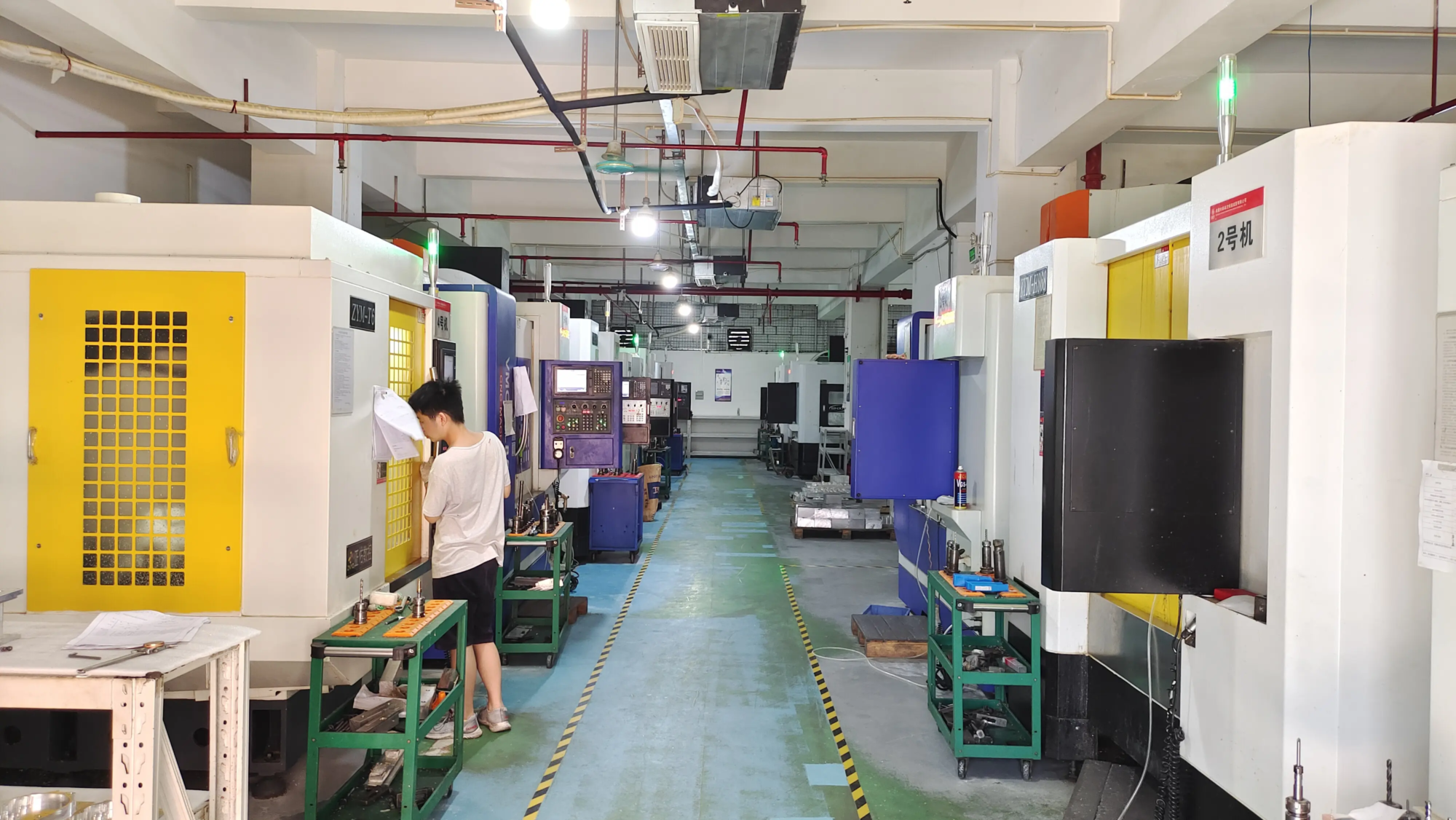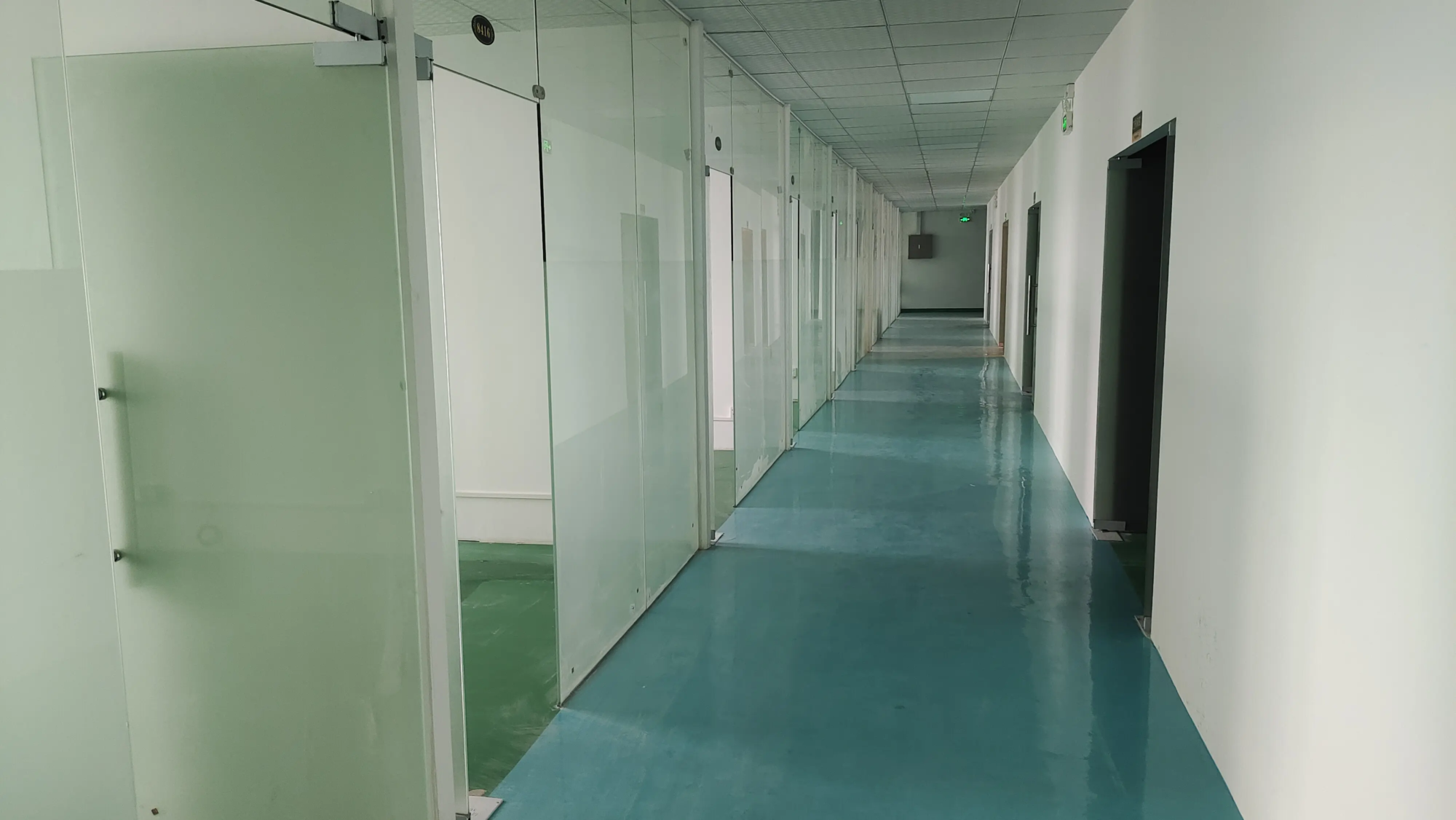Unlocking Innovation: A Basic Guide to the Basics of 3D Printing
The manufacturing world is undergoing profound transformation. Once limited to science fiction and niche applications, 3D printingofficially called Additive Manufacturing (AM)has become a powerful force, reshaping how thoughts become reality. Now, it goes far beyond simple plastic trinkets, which can create complex, high-performance metal components that are critical to industries that require accuracy and reliability. 3D printing builds objects from one layer with digital models, providing unprecedented design freedom, reducing waste and accelerating development cycles – truly democratizing innovation.
Uncovering the mystery of the process: How 3D printing works?
Different from tradition "Subtraction" In manufacturing industries (such as milling or turning materials), additive manufacturing is related to addition. After the digital blueprint, think of it as a construction using microscopic Lego bricks. This is a fundamental crash:
- Digital design: It all starts with a 3D model created using computer-aided design (CAD) software. This digital file is usually in STL or 3MF format, cutting objects into ultra-thin horizontal layers.
- Slice model: Professional software (Slicer) converts this 3D model into machine-specific instructions (G code). It calculates the exact path to the printer head or laser, thus defining the tool path per layer.
- Manufacturing layer by layer: The printer executes the command. Depending on the technology, it deposits materials (such as plastic wires or resins), fuses powders (plastics, metals, ceramics), or uses light to treat liquid photopolymers.
- Material Addition: Add thin layer after layer. Each layer is adhered to the lower layer. Plastic FDM printers extrude molten wires, while high-end metal printers prefer Selective laser melting (SLM) Selectively melt fine metal powders with precise patterns using powerful lasers.
- Post-processing: Once the printing is complete, this section usually requires additional steps: removing the support structure (if used), cleaning (especially powder removal), heat treatment (metal to reduce pressure and enhance performance) and potential finishes (sanding, polishing, polishing, painting, painting, lacquering, gold plating) to achieve the ultimate beautification or functional requirements.
Key 3D printing technology: Beyond the basics
Umbrella terminology "3D printing" Includes a variety of technologies, each suitable for specific materials and applications:
- Fusion Deposition Modeling (FDM): The most common entry-level technology. Thermoplastic wires extruded through a heating nozzle are used. Best for prototypes, basic functional parts and amateurs. (Materials: PLA, ABS, PETG, etc.)
- Stereo-lithography (SLA): Use UV laser to cure the liquid photopolymer resin layer by layer. Known for its high detail and smooth finish. Detailed prototype, jewellery master, ideal for dental applications. (Material: Various resins).
- Selective laser sintering (SLS): Use laser sintered (fuse) powdered plastic materials (such as nylon). No support is required, and powerful functional parts are generated. Automobile is widely used in end-use parts in aerospace. (Material: nylon, TPU).
- Metal 3D Printing (PBF): Powder bed fusion technology Selective laser melting (SLM) Direct metal laser sintering (DML) dominates. High-power lasers carefully melt metal powder particles to build dense complex metal parts layer by layer. This is where Greatlight is good at. (Materials: stainless steel, titanium, aluminum alloy, inconel, cobalt chromium, tool steel).
- Multiple jet fusion (MJF): MJF evenly distributes the material and binder on the plastic powder bed, and then uses a heat lamp to fuse the layers. Polymer parts are very fast and are known for their mechanical consistency and affordability. (Material: nylon, TPU).
- Binder jet: Adhesive spray deposits liquid adhesive onto thin layers of powder (metal, sand, ceramic). Provides high build speeds, but requires secondary processes such as sintering or permeation to achieve power. Obtain traction of metal components requiring less extreme mechanical properties.
Why Metal 3D Printing Is a Game Changer
In these technologies, metal AM, especially SLM, revolutionizes prototyping and production for demanding fields:
- Unrivaled design freedom: Create complex geometric shapes such as internal channels, organic shapes (bionics), for lightweight lattice structures, and for machining impossible complete assembly mechanisms. Unlock free radical design optimization.
- Rapidproto: The iterative design is incredible. Test complex functional metal prototypes in days rather than weeks or months. Rapidly shortens the development cycle and enables products to be marketed faster. Greatlight uses this every day to solve complex prototype challenges for customers around the world.
- Productivity and customization: Making complex parts as single pieces eliminates components. Ideal for small batch, high value production, custom parts (e.g., medical implants, rocket components) and on-demand manufacturing. Minimize raw material waste.
- Enhanced performance: Optimizing weight without sacrificing strength (critical for aerospace). Create parts with enhanced thermal characteristics, even integrated features such as heat exchangers, such as heat exchangers.
- Material Diversity: From biocompatible titanium for implants to super alloys such as Inconel for jet engines, and rugged aluminum or steel components.
Great Advantage: Beyond Printers
Have exquisiteness SLM 3D Printer Cutting-edge production technology is just the starting point. As a leading rapid prototype manufacturer, Great Go further:
- In-depth Prototyping Expertise: We don’t just print; we consult. We understand the challenges inherent in additive manufacturing (DFAM) metal parts design and provide expert guidance to optimize your functional, productive and cost-effective design from the outset.
- One-stop post-processing proficiency: Fresh build boards have few metal parts that are the final product. Gremply offers comprehensive finishing services under one roofincluding CNC machining for precise mating surfaces, detailed support structure removal, delicate surface treatment (shooting, polishing, polishing, anodizing, electroplating), specialized heat treatment and rigorous quality inspection. This ensures that your parts meet demanding functional and aesthetic specifications.
- Material Agility: Leverage our deep understanding of the properties of metal powders to choose or customize the best materials for applications – whether it is extreme strength, high temperature tolerance, corrosion resistance or biocompatibility is critical.
- Speed and customization: Time to market is crucial. Simplified internal workflow and expertise enabled Rapidly Turnaround, even for complex custom parts. We thrive on unique projects and challenging requirements.
- Competitive value: Combining advanced technology, internal expertise and efficient process allow Great lighting provides quality at highly competitive prices For customization precision, rapid prototyping and low-volume production are spread throughout a variety of metal materials.
Conclusion: Embrace the future of additives
3D printing, especially advanced metal AM technologies, such as SLM, is no longer just a novelty. This is an indispensable tool that drives innovation in engineering, healthcare, aviation, automotive, and other regions. It enables engineers to design without traditional limitations, greatly reducing development timelines through rapid prototyping, creating lighter, more powerful components, and enabling unprecedented customization.
Working with experienced experts is crucial for businesses seeking to harness these advantages for demanding metal components development and production. Greglight is a major rapid prototyping manufacturerEquipped with sophisticated SLM technology, deep metallurgical knowledge, comprehensive end-to-end finishing capabilities, and a ruthless commitment to quality, speed and value. We transform complex digital design into high-performance physical reality, professionally solve complex rapid prototyping problems of metal parts, and implement next-generation engineering solutions.
Experience huge differences. Don’t let manufacturing limits kill your vision. Get your custom precision fast prototype quotes now with extraordinary value!
FAQ: 3D Printing Basics and Greatlight Services
Q1: What exactly is the rapid prototype?
A: Rapid Proto is a technology used to quickly manufacture physical models or parts directly from CAD data, usually overnight. 3D printing is the most important method today. It allows iterative design testing and functional verification much faster than traditional methods.
Q2: What materials can be printed in 3D?
A: The range is large and growing: plastics (PLA, ABS, nylon, resin), metals (stainless steel, titanium, aluminum, aluminum, inconel, cobalt Chrome, tool steel), ceramics and composites. Greatlight uses SLM technology to specialize in advanced metal alloys.
Q3: How strong are 3D printed metal parts?
A: Fully dense metal parts printed using processes such as SLM have mechanical properties (strength, fatigue resistance) and can be comparable to traditional cast or forged parts of the same alloy, especially after appropriate post-treatment heat treatment by a suitable post-treatment expert (such as Greatlight).
Question 4: Is 3D printing expensive?
A: The cost depends to a large extent on the technology, material, part size, complexity and the required finish. While the initial cost of machine time is higher than that of quality production methods, AM is often cost-effective in complex parts (reduced components), low volumes, custom components, and a substantial reduction in development time and tool costs. Greatlight focuses on providing the best value for custom precision rapid prototyping.
Q5: What are the limitations of 3D printing?
Answer: Key factors include:
- Build size: Limited by the size of the printer’s chamber.
- Surface finish: Usually post-processing is required to smooth.
- Support structure: Overhanging requires additional time and cost.
- Cost of mass production: Typically, for large injection molding/forging, it is usually not cost-competitive.
- Material characteristics: Specific design (DFAM) and post-processing can be required to achieve optimal isotropic performance.
Q6: How does Greatlight ensure quality?
Answer: Quality is crucial. Throughout the workflow, we implement strict process controls: proven material powder, calibrated SLM printer, controlled build environment, skilled operator monitoring, thorough powder handling protocols, dedicated post-processing (such as stress replacement or hips), and comprehensive final inspection (dimensional inspection, mechanical testing, visual inspection, visual inspection, visual inspection, visual inspection).
Q7: What file format do I need to send?
A: The most common and preferred file format for 3D printing is STL (Stereoscopic Lithography) or newer, more robust 3MF. Solid models (e.g., steps, IGES) from CAD systems can also accept initial references.
Q8: What completion options does Greatlight provide?
A: We provide a comprehensive suite One-stop post-processing service Custom made for metal parts: CNC machining (milling, turning), support removal, shooting/peeling, polishing/polishing, polishing (tuning, electropolishing), heat treatment (pressure relief, annealing, hip), paint (anodized, nickel/gold-plated gold plating) and comprehensive quality inspection. We recommend that your application be optimally completed.
Q9: Can you handle my material specifications?
Answer: Absolute. Greatlight specializes in custom material requirements. We can procure and process most standard metal powders (AMS, ASTM specifications) and work with you to determine the optimal alloys and conditions for specific functional requirements.
Q10: How to start a project from Greatlight?
A: Contact us through our website! Provide your CAD model/spec (including material, quantity, critical tolerances, surface surface requirements and any applicable standards). Our expert engineering team will review your project, provide DFAM insights, provide detailed quotes, and guide you through the process. Let us turn your innovative design into reality. Request your custom quick prototype quote now!





